Rulers, seemingly unassuming tools, have an indispensable role in our lives. They are the unerring guides in measurements, the architects of precision, and the foundation of countless creative and technical endeavors.
As we delve into the world of rulers, we discover a rich tapestry of specialized instruments, each meticulously designed to cater to unique needs.
From the ubiquitous standard ruler to the intricate French curve for artistic expression, rulers serve as essential companions in everything from construction to fashion design.
This exploration will shed light on the diverse types of rulers, unveiling the remarkable ways in which these unassuming tools empower us to achieve accuracy, consistency, and perfection in our daily tasks and creative pursuits.
1. L-shaped Ruler
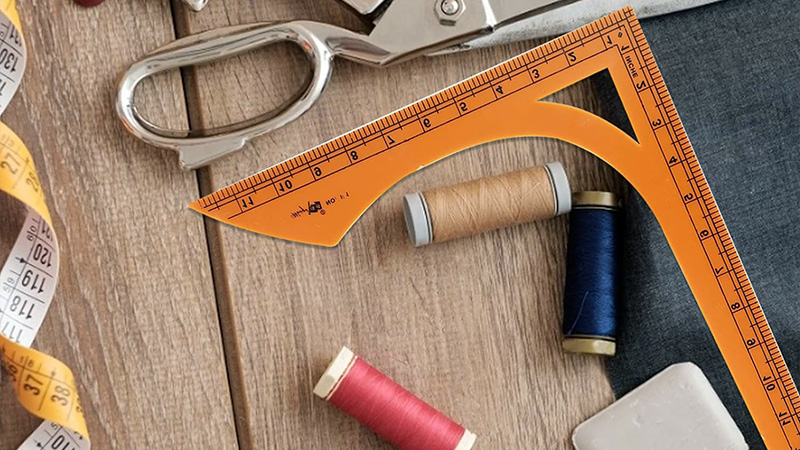
An L-shaped ruler, also known as an L-square or set square, is a crucial tool in fields like drafting, carpentry, and engineering. This instrument consists of two perpendicular arms, forming an “L” shape.
One arm is usually longer than the other, allowing for accurate measurement and drawing of right angles. L-shaped rulers are essential for creating precise vertical and horizontal lines, measuring and drawing perpendicular lines, and ensuring the squareness of various components and structures.
They come in various sizes, making them versatile for different tasks and projects, and play a fundamental role in maintaining accuracy and alignment in technical drawings and construction work.
2. Straight Rulers
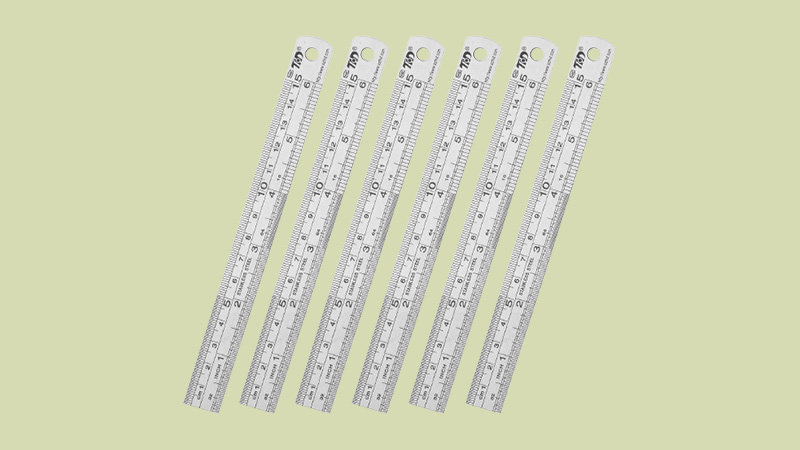
Straight rulers, often referred to as yardsticks when they are 36 inches (or one yard) long, are common measuring instruments found in homes, schools, and workplaces.
These rulers are typically marked with both inches and centimeters, providing a versatile tool for various measuring tasks. Yardsticks are larger and are particularly useful for measuring longer lengths and drawing straight lines with precision.
They serve as essential tools in construction, woodworking, sewing, and design, enabling individuals to make accurate measurements, draw straight edges, and create templates.
Their durability and versatility make straight rulers and yardsticks indispensable in both professional and everyday applications.
3. French Curve Ruler
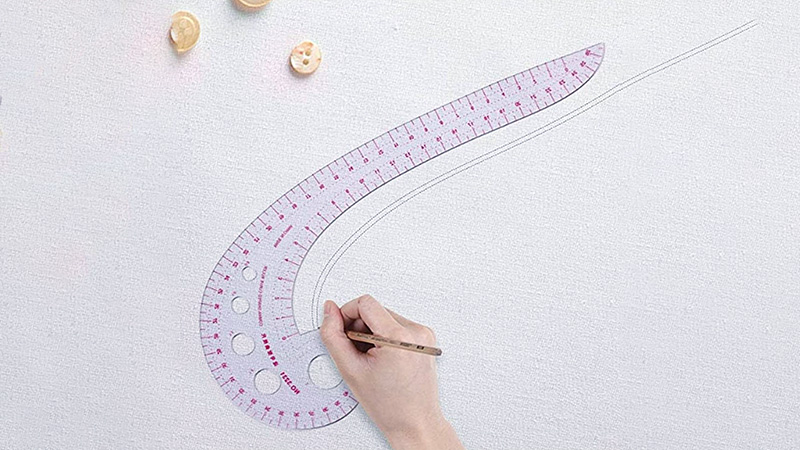
A French curve ruler is a specialized drafting tool used primarily in graphic design, architecture, and technical drawing. It features a series of smooth, curved edges in various shapes, such as arcs, parabolas, and ellipses.
Designers and drafters use French curves to create precise and intricate curves and freehand shapes on their drawings and designs, replacing the need for manual drawing of complex curves.
These rulers are particularly useful when drafting irregular or organic forms, ensuring a high level of accuracy and consistency. French curve rulers come in various sizes and designs, offering a versatile means to achieve aesthetically pleasing and precise curves in a wide range of creative and technical projects.
4. Leg Curve
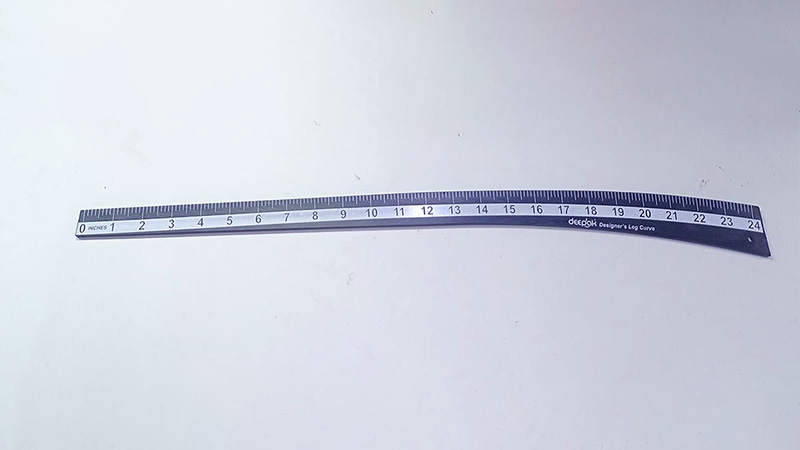
A leg curve, also known as a leg contour gauge or leg curve ruler, is a specialized measuring tool used in tailoring and fashion design. It is designed to accurately capture the contours and shape of a person’s leg, particularly when creating custom-fitted garments like pants or leggings.
The leg curve ruler typically consists of a flexible strip with a series of curved and straight edges that can be adjusted to match the shape of the leg.
By tracing the leg’s outline with the leg curve ruler, tailors, and designers can create patterns and garments that fit the individual’s leg perfectly, ensuring both comfort and style in custom clothing.
5. Metric Ruler
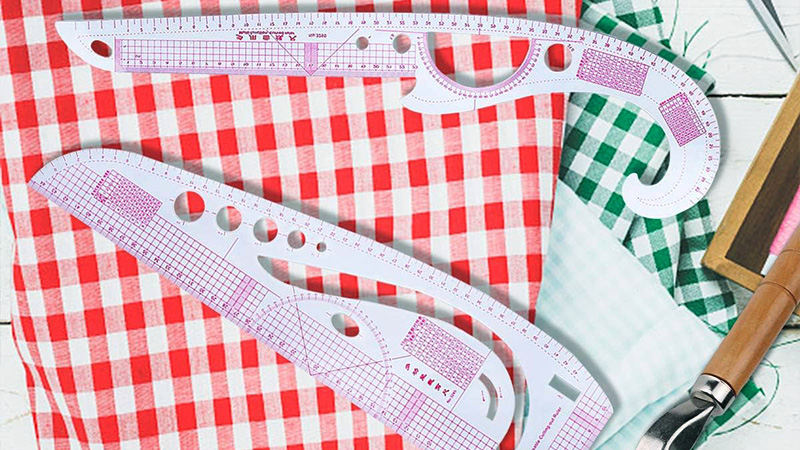
A metric ruler is a fundamental measuring tool commonly used in countries that adopt the metric system. It typically measures 30 centimeters in length and features markings in centimeters and millimeters.
Unlike imperial rulers, which use inches, metric rulers offer a straightforward way to measure lengths and distances using the metric system, which is based on powers of ten, promoting ease of calculation and standardization.
Metric rulers are essential tools in science, engineering, education, and everyday life for making precise measurements in a globally recognized unit of measurement.
Their simplicity and consistency make them indispensable for accurate and straightforward metric-based measurements and calculations.
6. Specialized Rulers
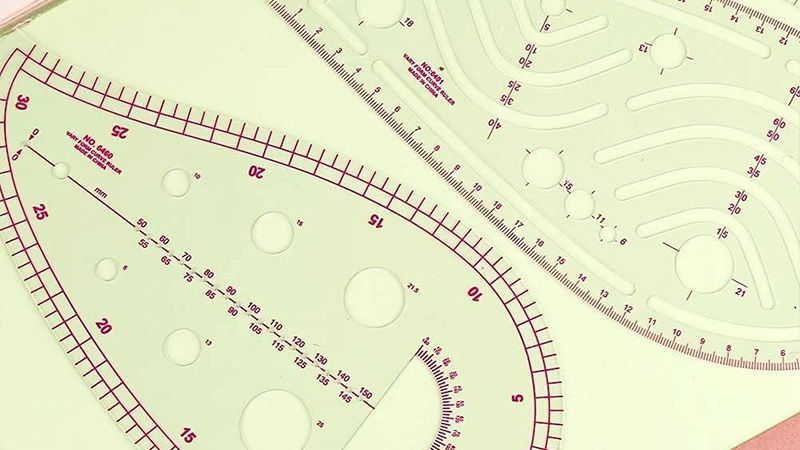
Specialized rulers are precision measuring tools designed for specific tasks in various industries. These rulers include architect’s scales, engineer’s scales, and other specialized measuring instruments tailored to unique needs.
Architect’s scales facilitate scaled drawings in architecture and building design, while engineer’s scales are used for technical and engineering drawings, both featuring specific scales for accuracy.
Flexible rulers bend to measure curved surfaces, and laser distance measurers offer precision in construction. Each specialized ruler serves a particular purpose, ensuring that professionals can achieve accuracy and precision in their respective fields, making them indispensable tools for specialized tasks and industries.
7. Carpenter Ruler
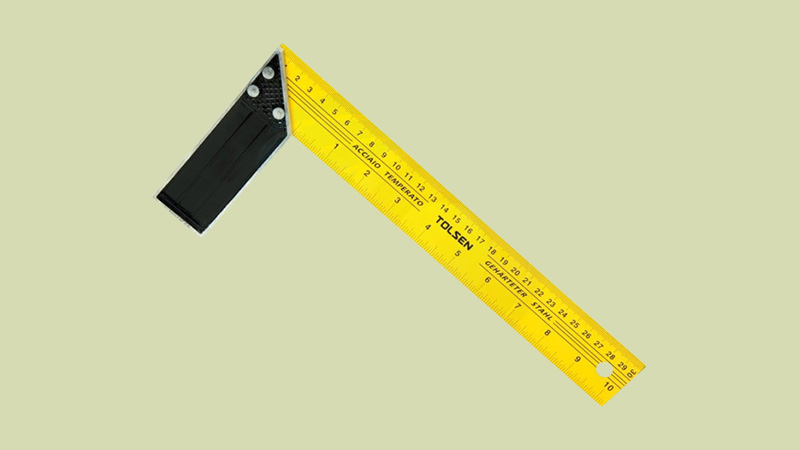
A carpenter ruler, also known as a carpenter’s rule or framing square, is a vital tool in woodworking and construction. Unlike standard rulers, it typically consists of an “L”-shaped design with a long, straight edge and a perpendicular shorter one, forming a 90-degree angle.
Carpenters and woodworkers rely on these rulers to make precise measurements, draw right angles, and assess the squareness of structures and components.
They are essential for cutting and marking boards, ensuring accurate joints and angles, and framing structures. Carpenter rulers come in various sizes and materials, making them indispensable instruments for professionals and DIY enthusiasts in the construction and woodworking industries.
8. Curved Rulers
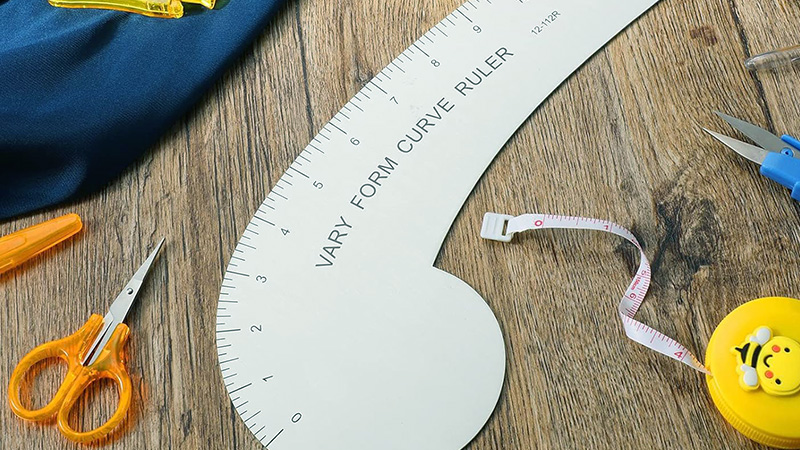
Curved rulers, also known as French curves or drafting templates, are specialized tools used in technical drawing, graphic design, and artistic endeavors.
Unlike traditional straight rulers, curved rulers feature a variety of smooth, curved edges in different shapes. These curved edges allow artists, architects, and designers to create precise and intricate curves, arcs, and shapes in their drawings and designs.
They are particularly useful for freehand drawing or tracing existing curves. Curved rulers come in various sizes and shapes, making them versatile instruments for achieving fluid and aesthetically pleasing curves in a wide range of creative and technical projects, from architectural plans to artistic illustrations.
9. T-ruler
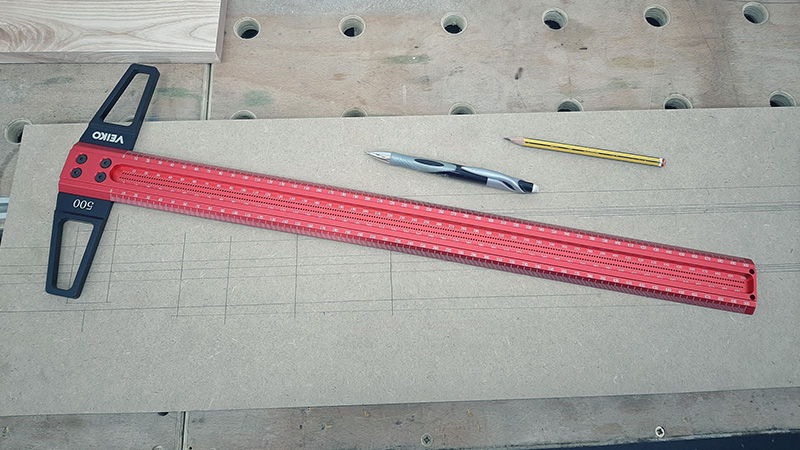
A T-ruler, also known as a T-square ruler or tee-square, is a specialized measuring tool primarily used in technical drawing, drafting, and graphic design.
It consists of a long horizontal blade with a perpendicular vertical shaft, forming a “T” shape. T-rulers are essential for creating precise vertical and horizontal lines on drawings and blueprints.
Drafters and architects rely on T-rulers for their accuracy and stability when working on detailed plans and technical illustrations. These rulers often come in various sizes to accommodate different paper sizes and drawing needs, making them indispensable instruments in the field of design and engineering.
10. Desk Ruler
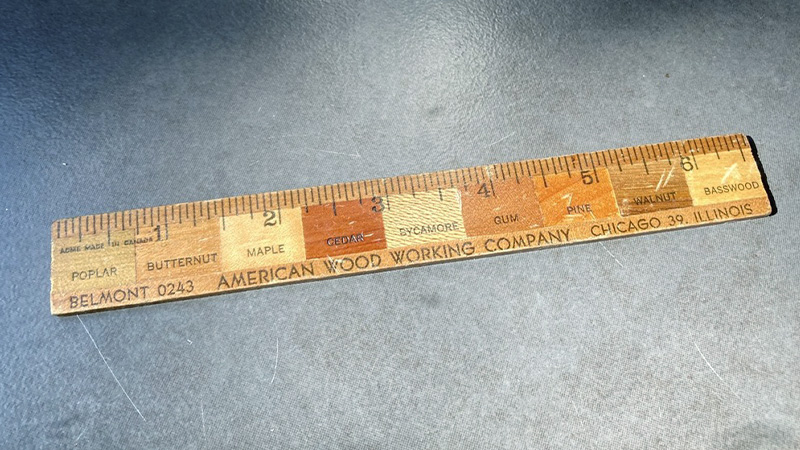
A desk ruler, often referred to as an office or desktop ruler, is a common measuring tool found on work desks and in office environments. Typically, it measures 12 inches or 30 centimeters in length and features clear, easy-to-read markings in both inches and centimeters.
Desk rulers serve a variety of purposes, including measuring documents, drawings, or items on a desk. They are indispensable for tasks like drawing straight lines, taking quick measurements, and ensuring uniformity in paperwork.
Desk rulers are an essential part of an office toolkit, helping professionals maintain order and precision in their day-to-day tasks and document management.
11. Hook Ruler
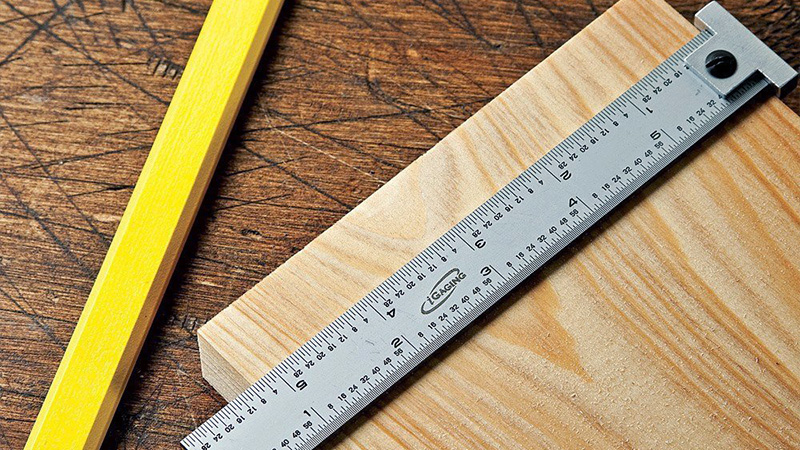
A hook ruler, also known as a hook scale or depth gauge, is a specialized measuring instrument primarily used in woodworking and metalworking. It features a unique hooked or “L”-shaped end that allows for accurate measurements of the depth of holes, grooves, or recesses.
The hooked end can be placed inside the void being measured, while the ruler’s scale provides a precise reading. Hook rulers come in various sizes and configurations to accommodate different depth measurement requirements.
They are essential tools for craftsmen, carpenters, and machinists, enabling them to ensure the accuracy of holes, slots, and other depth-related dimensions in their work.
12. Flexible Ruler
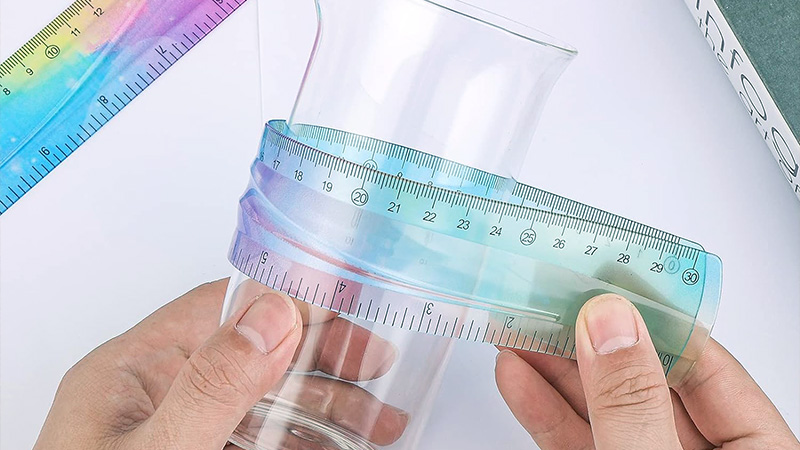
A flexible ruler, also known as a bendable ruler or contour gauge, is a versatile measuring tool designed to conform to curved or irregular surfaces.
These rulers are typically made of materials like plastic or rubber that allow them to bend and adapt to the shape of the object being measured. Flexible rulers are widely used in various applications, including sewing, crafting, architecture, and home improvement.
They are particularly handy for measuring curved lines, patterns, and irregular shapes with precision. Their flexibility makes them invaluable in tasks where traditional rigid rulers or measuring tapes would be impractical or inaccurate.
13. Machinist Ruler
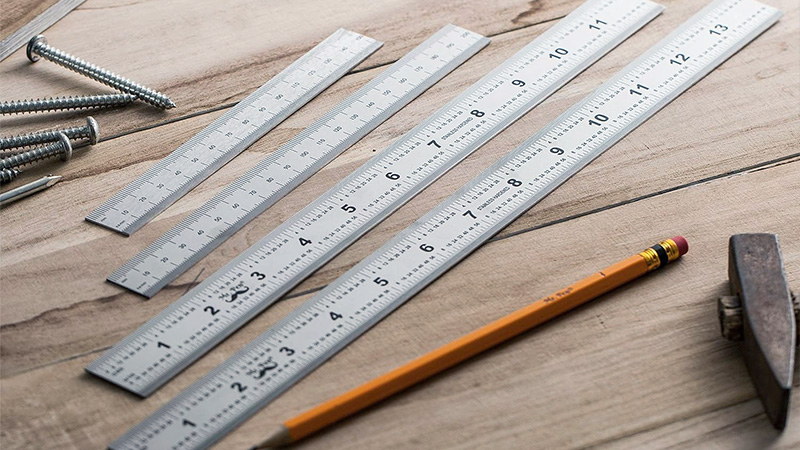
A machinist ruler, also known as a machinist scale or precision ruler, is a specialized measuring tool used in machining, manufacturing, and engineering applications.
Unlike standard rulers, a machinist ruler is designed with meticulous precision, featuring finely engraved markings in both inches and millimeters. It typically includes a satin chrome finish to resist corrosion and enhance readability.
Machinists rely on these rulers for highly accurate measurements, ensuring precision in metalworking, machining operations, and the production of intricate mechanical components.
The meticulous craftsmanship of a machinist ruler makes it an essential instrument for professionals and craftsmen who demand exacting measurements in their work.
14. Circle Ruler
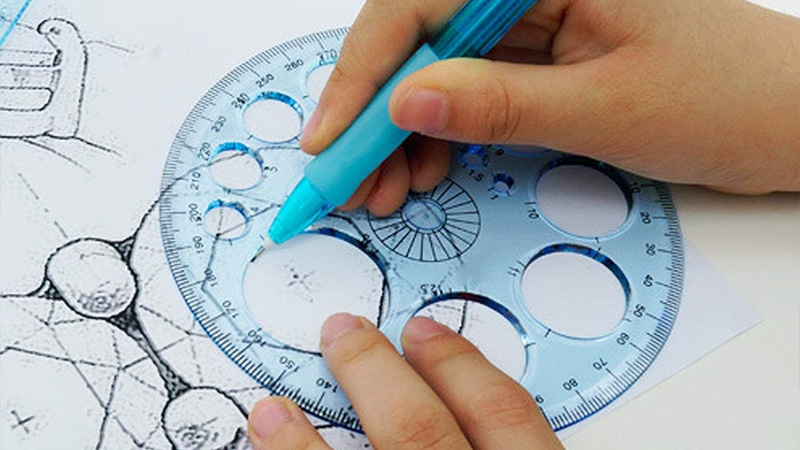
A circle ruler, often referred to as a compass, is a circular measuring and drawing tool used primarily in geometry, drafting, and various artistic endeavors.
It consists of two arms or legs, one with a pointed end and the other with a pencil or pen holder. By adjusting the distance between the two points, it enables the user to draw precise circles or arcs of varying sizes.
Circle rulers are indispensable in mathematics, engineering, and architecture for drawing circles, arcs, angles, and curves with accuracy. They also find applications in artistic fields like illustration, creating perfect circles and circular designs effortlessly.
15. Triangular Ruler
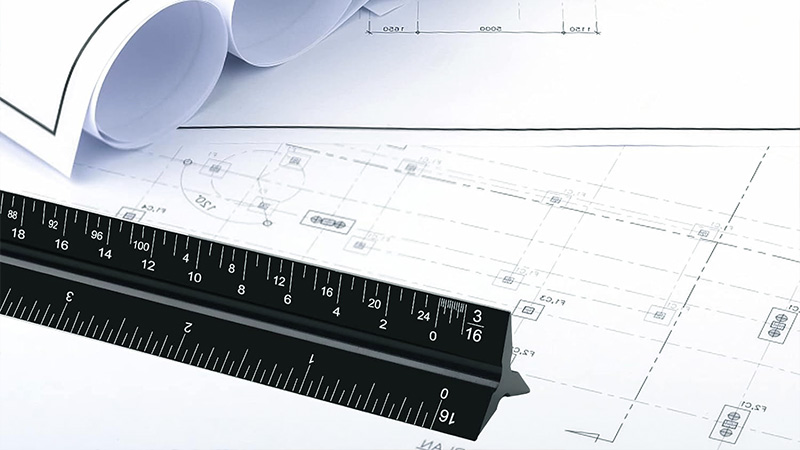
A triangular ruler, also known as a triangular scale, is a specialized measuring tool designed for architects, engineers, and drafters. Unlike standard rulers, it is triangular in shape with three sides, each containing a set of different scales.
These scales are carefully calibrated for precise measurements and scaling of drawings and blueprints. The triangular ruler is an indispensable tool for professionals in fields where accurate scaling is crucial.
It simplifies the process of converting measurements and ensures that drawings and plans accurately represent real-world dimensions, making it an essential tool for creating and interpreting technical drawings and designs with precision and consistency.
Conclusion
Rulers come in a diverse array of types, each tailored to specific needs across various industries and applications.
From the standard ruler found in every household to the precision instruments like architect’s scales and laser distance measurers used by professionals, these tools play a fundamental role in our daily lives.
They enable accuracy in measurements, aid in creating precise drawings and plans, and ensure that the structures we build are straight and true. Whether it’s the flexibility of a sewing pattern ruler.
The complexity of a French curve for artistic endeavors, the right ruler empowers individuals to achieve precision, consistency, and excellence in their work, making them indispensable tools in countless fields.
Leave a Reply